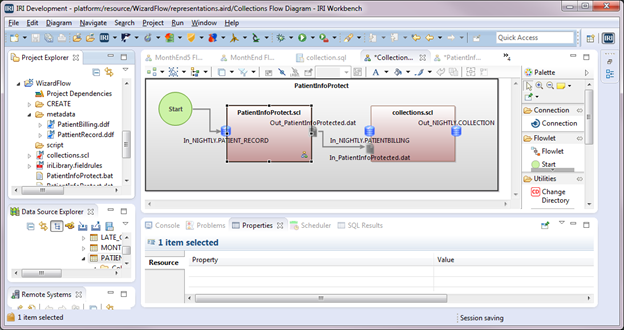 ETL
ETL
Creating a Voracity Flow from a Wizard (Part 2…
This is the second of two articles where we are creating an IRI Voracity ETL flow using new jobs wizards in the IRI Workbench GUI for Voracity, built on Eclipse. Read More
 ETL
ETL
This is the second of two articles where we are creating an IRI Voracity ETL flow using new jobs wizards in the IRI Workbench GUI for Voracity, built on Eclipse. Read More
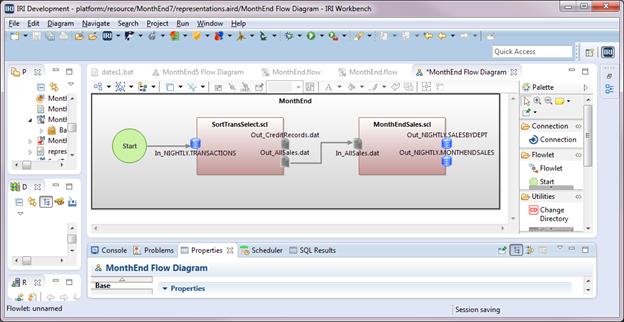 Data Transformation
Data Transformation
This is the third in a series of articles for creating an IRI Voracity ETL flow of a month-end job for processing sales transactions.
In the first article, we brought an existing CoSort SortCL job script that processes month-end sales transactions into Voracity and made modifications. Read More
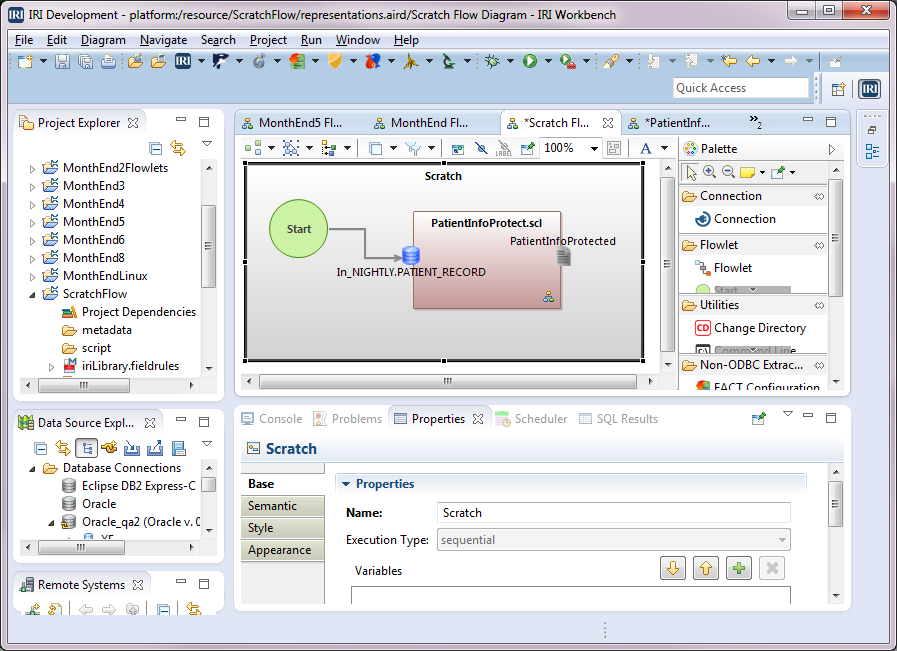 Data Masking/Protection
Data Masking/Protection
This is the first of two articles showing how to create and use job flows in the IRI Workbench GUI for Voracity. It follows two other series on creating flows automatically using new job wizards. Read More
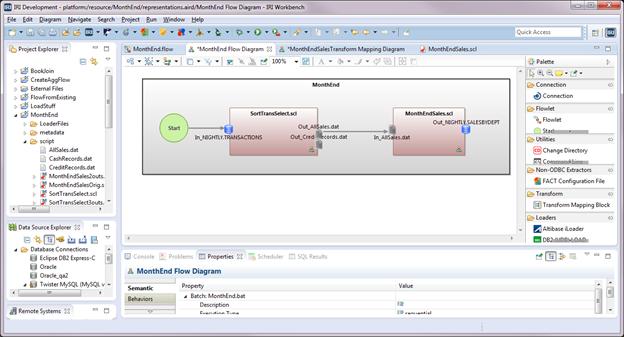 Data Transformation
Data Transformation
This is the second in series of articles illustrating on how to use existing IRI CoSort (SortCL) jobs in graphical IRI Voracity ETL workflows, or more simply, flows. Read More
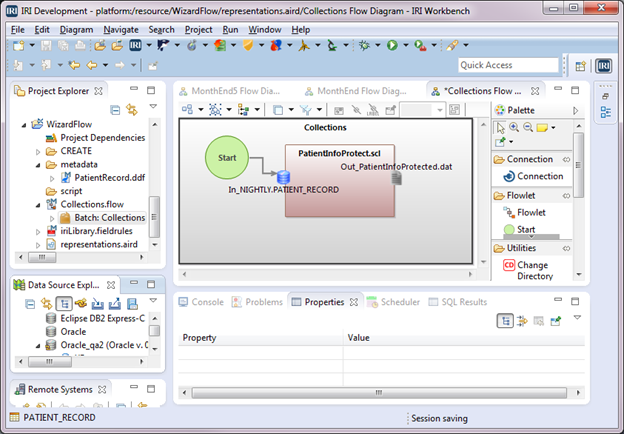 ETL
ETL
Abstract: The IRI Voracity data management platform provides data integration tools, including data pipeline automation for high-performance ETL (Extract-Transform-Load) operations. This article is the first in another series on how to create and use high-performance ETL workflows in the IRI Workbench GUI for Voracity. Read More
 Test Data
Test Data
IRI RowGen software creates test data you can customize to meet specific needs. It supports the formats and techniques that make your test sets as realistic as you want them to be. Read More
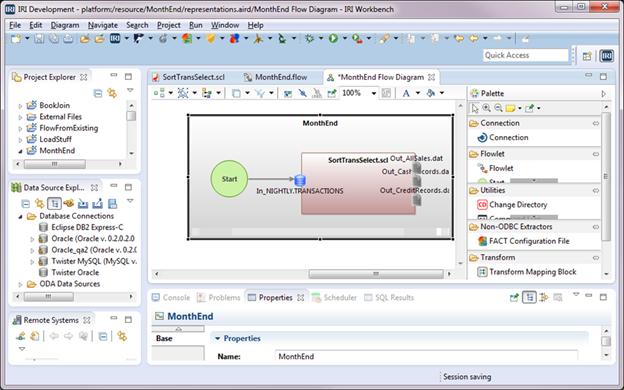 Data Transformation
Data Transformation
This is first in a series of articles explaining how to create and use Flows in the IRI Workbench GUI for Voracity. Flows contain ETL and other data processing steps, and are illustrated in flow and transform mapping diagrams in the GUI. Read More
 Business Intelligence (BI)
Business Intelligence (BI)
A dimension is a structure that categorizes a collection of information so that meaningful answers to questions regarding that information may be obtained. Dimensions in data management and data warehouses contain relatively static data; however, this dimensional data can change slowly over time and at unpredictable intervals. Read More
 Business Intelligence (BI)
Business Intelligence (BI)
Dimensional data that change slowly or unpredictably are captured in Slowly Changing Dimensions (SCD) analyses. In a data warehouse environment, a dimension table has a primary key that uniquely identifies each record and other pieces of information that are known as the dimensional data. Read More
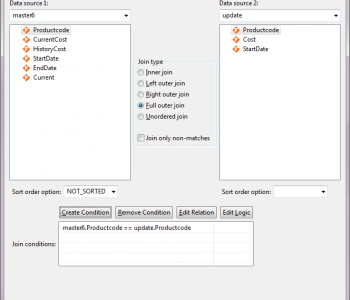 Business Intelligence (BI)
Business Intelligence (BI)
Dimensional data that change slowly or unpredictably are captured in Slowly Changing Dimensions (SCD) analyses. In a data warehouse environment, a dimension table has a primary key that uniquely identifies each record and other pieces of information that are known as the dimensional data. Read More